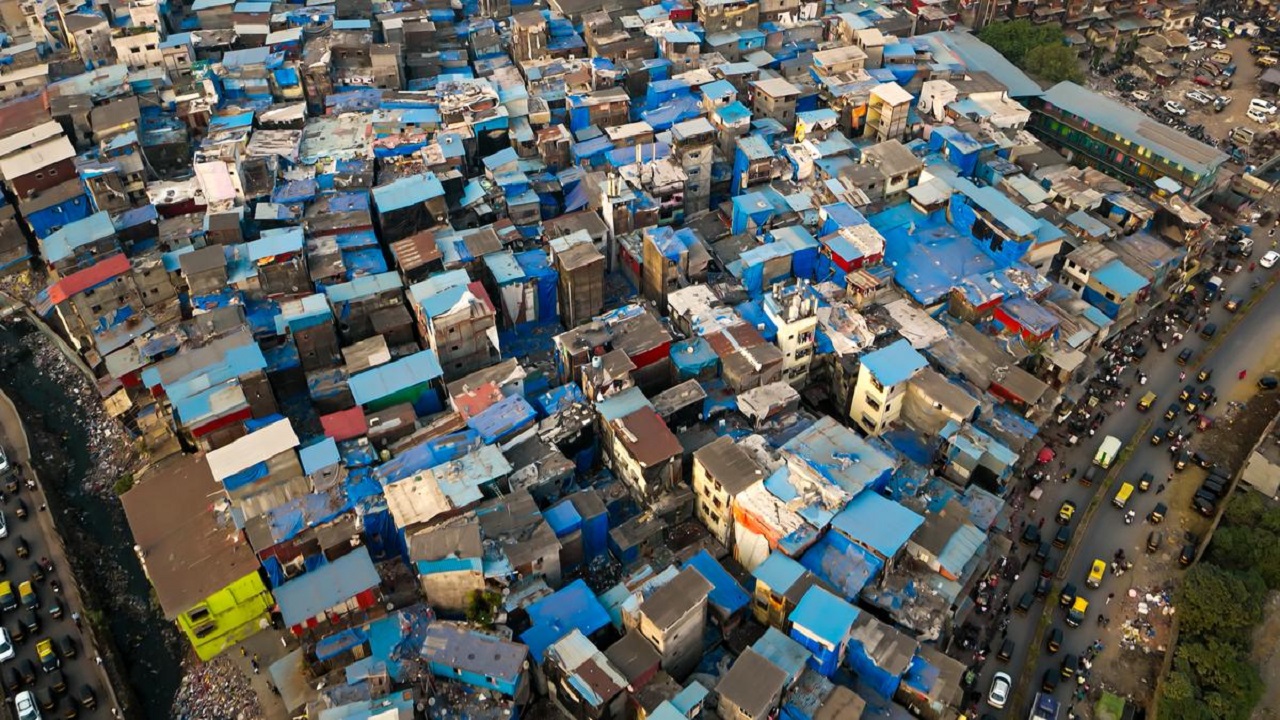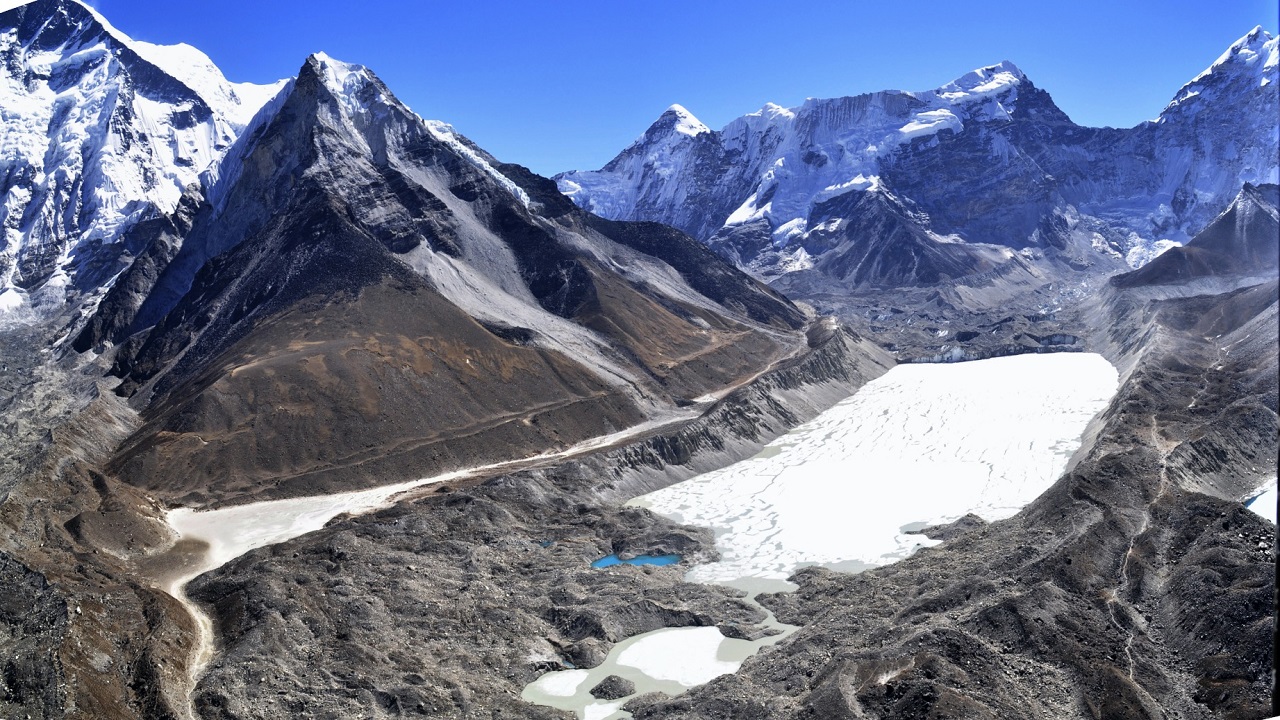158 Million at Risk : Life in India’s Flood-Prone Slums
Context
According to a 2024 Moody’s report, more than 158 million slum dwellers in India live in vulnerable settlements located in floodplains, with the majority concentrated in the Ganga river delta. These areas are highly exposed to seasonal floods, extreme weather events, and poor living conditions, making them some of the most at-risk urban zones in the country.
Introduction
Slum clusters are groups of informal settlements within cities that suffer from inadequate housing, poor infrastructure, and lack of secure land tenure. As per UN-Habitat, a slum household lacks one or more of the following: durable housing, adequate living space, improved water supply, improved sanitation, and security of tenure.
Flood-prone slums face a double burden—the existing challenges of urban poverty combined with high disaster vulnerability.
Condition of Slum Clusters in Flood-Prone Areas
-
Overcrowding – Many residents live in cramped spaces with minimal ventilation and privacy.
-
Inadequate Housing – Structures are built without legal ownership or urban planning, often violating zoning regulations.
-
Poor Social Indicators – Rising crime rates and unemployment, with limited access to schools, hospitals, and public spaces.
-
Informal Housing Materials – Dwellings made from tin sheets, tarpaulin, or tents, with rent paid informally to land contractors.
-
Lack of Basic Services – Absence of piped water, sanitation, waste collection, storm drainage, street lighting, and paved roads.
-
Long-Term Neglect – Many slums remain unrecognised and unserviced for over 20 years.
Causes of Slum Formation in Flood-Prone Areas
-
Low-Cost Land – Floodplains are less attractive for formal development, making them affordable for low-income groups and migrant workers.
-
Rapid Urbanisation – Rural-to-urban migration and natural population growth exceed city planning capacity.
-
Inefficient Urban Planning – Settlements develop before authorities can intervene.
-
Governance Failures – Lack of integration of the urban poor into planned housing policies.
-
Government Approach – Providing services without regulating settlement growth can encourage further migration.
-
Location Preference – Proximity to jobs and social networks outweighs risk concerns.
-
International Comparison – In some regions like Europe, subsidised flood insurance makes floodplains attractive for high-value housing.
Problems Associated with Flood-Prone Slums
-
High Flood Risk – Annual exposure to monsoon floods and extreme rainfall.
-
Global Context – India has the world’s largest number of slum dwellers in floodplains, with most in the Ganga delta.
-
Indirect Consequences – Loss of livelihoods, reduced access to services, and long-term economic instability.
-
Social Vulnerability – Risk levels linked to education, income, and institutional support.
-
Encroachment and Risk – Poorer populations occupy high-risk areas with inadequate services, increasing disaster exposure.
Challenges in Mitigating Slum Formation
-
Poor Management Strategies – Focus on population size instead of vulnerability levels in planning.
-
Lack of Comprehensive Data – Incomplete information on communities at flood risk hinders effective policymaking.
-
Persistent Informal Housing – Temporary structures remain in use for decades without official recognition or basic services.
Measures to Address the Issue
-
Bridge Data Gaps – Use satellite imagery and flood hazard maps to identify high-risk informal settlements.
-
Slum Upgrading – Redevelop with improved housing, infrastructure, and community facilities to reverse decline.
-
Alignment with Global Goals – Reduce flood vulnerability in line with the 2030 Sustainable Development Goals.
-
Government–Community Collaboration – Engage local communities in planning rather than relying solely on traditional disaster preparedness.
Quick Facts
-
Global Flood Exposure – Over 2.3 billion people face flood risk annually worldwide.
-
India’s Risk – More than 600 million Indians are exposed to coastal or inland flooding.
-
Regional Concentration – South Asia has the largest flood-exposed populations, with northern India leading, followed by Indonesia, Bangladesh, and Pakistan.
Conclusion
Flood-prone slum clusters in India represent a critical intersection of poverty and disaster risk. Without targeted urban planning, accurate data, and community-led resilience measures, these settlements will continue to grow in both size and vulnerability. Addressing the issue requires a combination of infrastructure improvement, social policy reform, and disaster risk reduction strategies to safeguard millions of lives and livelihoods.

_(22).jpg)


Comments (0)